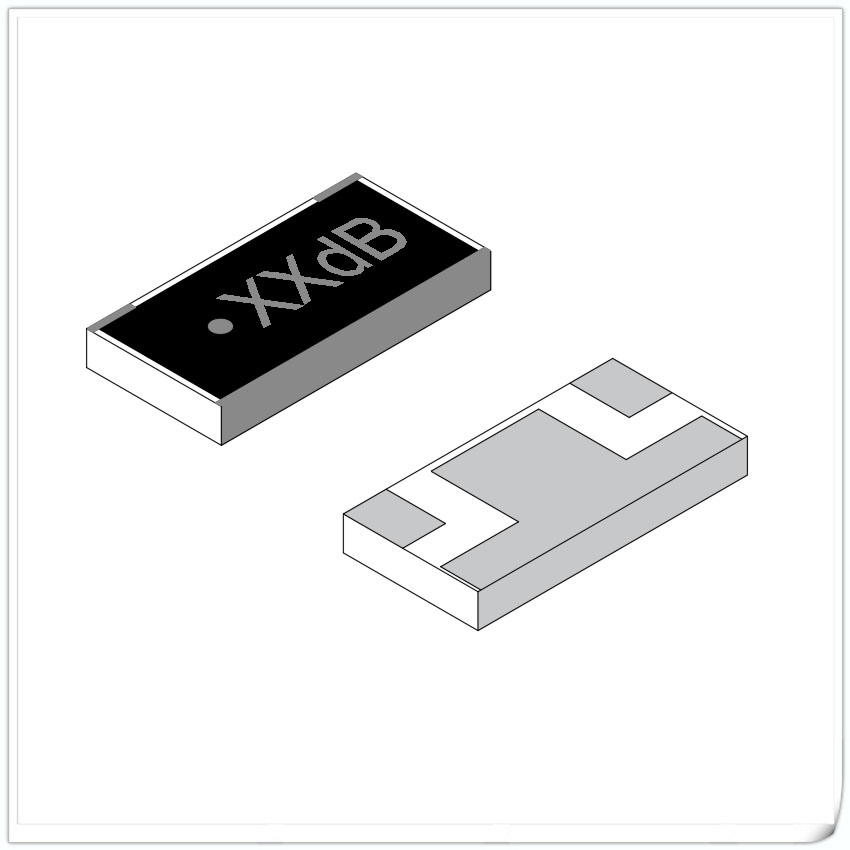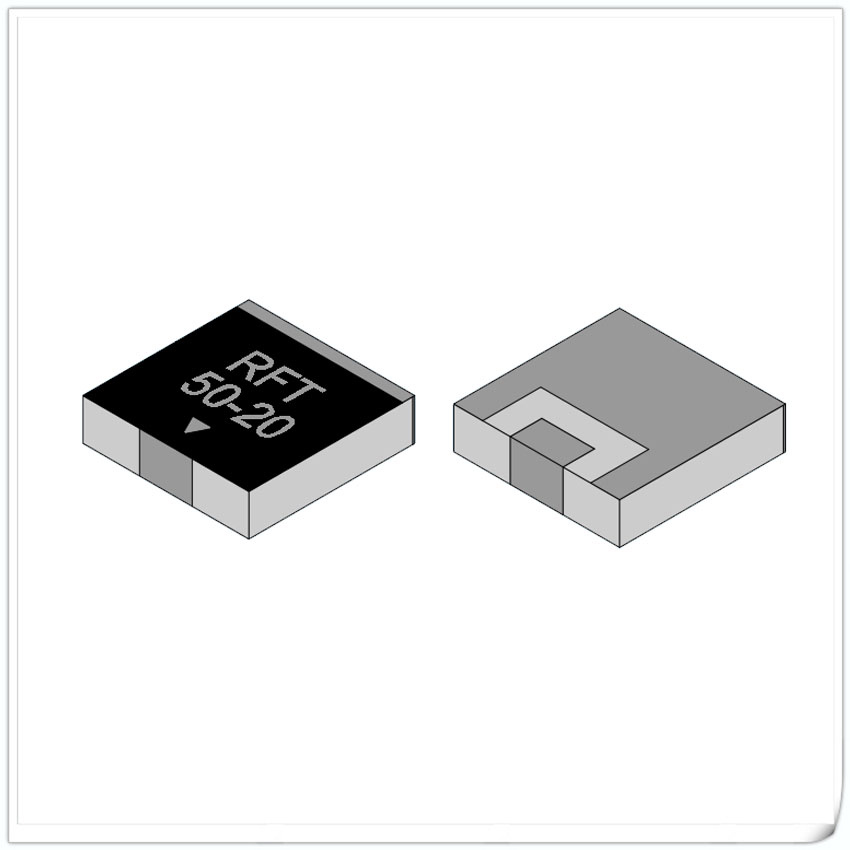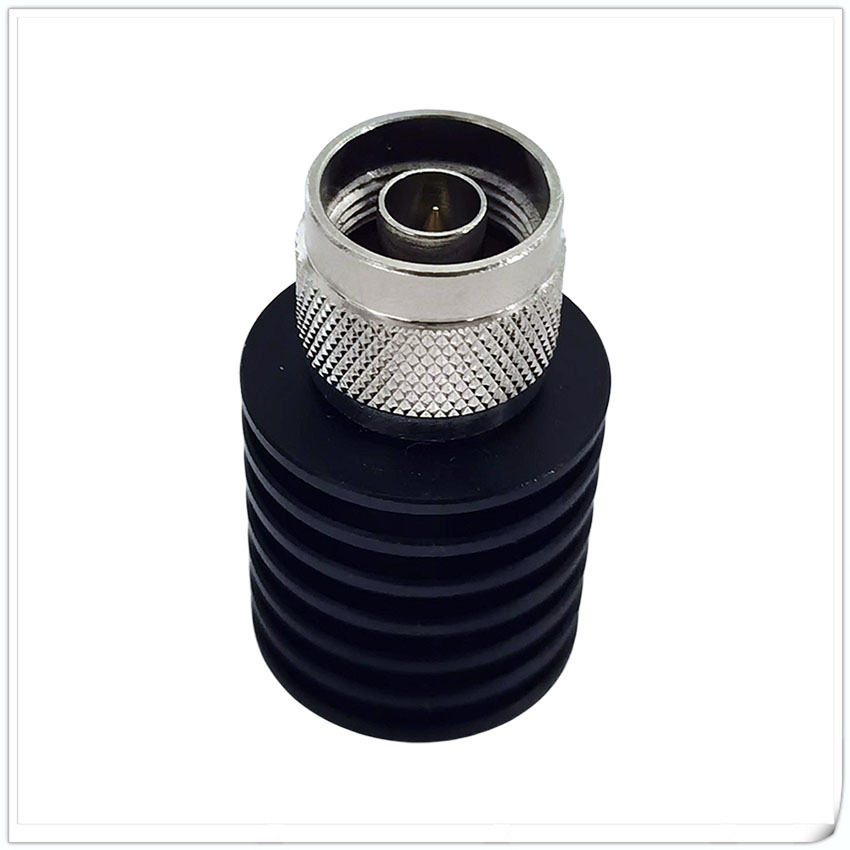
Products
Drop in Isolator
Data Sheet
| RFTYT 34MHz-31.0GHz RF Drop in Isolator | |||||||||
| Model | Frequency Range (MHz) |
Bandwidth (Max) |
Insertion Loss (dB) |
Isolation (dB) |
VSWR (Max) |
Forward Power (W) |
Reverse Power (W) |
Dimension WxLxH(mm) |
Data Sheet |
| WG6466H | 30-40 | 5% | 2.00 | 18.0 | 1.30 | 100 | 20/100 | 64.0*66.0*22.0 | |
| WG6060E | 40-400 | 50% | 0.80 | 18.0 | 1.30 | 100 | 20/100 | 60.0*60.0*25.5 | |
| WG6466E | 100-200 | 20% | 0.65 | 18.0 | 1.30 | 300 | 20/100 | 64.0*66.0*24.0 | |
| WG5050X | 160-330 | 20% | 0.40 | 20.0 | 1.25 | 300 | 20/100 | 50.8*50.8*14.8 | |
| WG4545X | 250-1400 | 40% | 0.30 | 23.0 | 1.20 | 300 | 20/100 | 45.0*45.0*13.0 | |
| WG4149A | 300-1000 | 50% | 0.40 | 16.0 | 1.40 | 100 | 20 | 41.0*49.0*20.0 | |
| WG3538X | 300-1850 | 30% | 0.30 | 23.0 | 1.20 | 300 | 20 | 35.0*38.0*11.0 | |
| WG3546X | 300-1850 | 30% | 0.30 | 23.0 | 1.20 | 300 | 20dB 30dB 100W |
35.0*46.0*11.0 | 20dB PDF 30dB PDF 100W PDF |
| WG2525X | 350-4300 | 25% | 0.30 | 23.0 | 1.20 | 200 | 20 | 25.4*25.4*10.0 | |
| WG2532X | 350-4300 | 25% | 0.30 | 23.0 | 1.20 | 200 | 20dB 30dB 100W |
25.4*31.7*10.0 | 20dB PDF 30dB PDF 100W PDF |
| WG2020X | 700-4000 | 25% | 0.30 | 23.0 | 1.20 | 100 | 20 | 20.0*20.0*8.6 | |
| WG2027X | 700-4000 | 25% | 0.30 | 23.0 | 1.20 | 100 | 20dB 30dB 100W |
20.0*27.5*8.6 | 20dB PDF 30dB PDF 100W PDF |
| WG1919X | 800-5000 | 25% | 0.30 | 23.0 | 1.20 | 100 | 20 | 19.0*19.0*8.6 | |
| WG1925X | 800-5000 | 25% | 0.30 | 23.0 | 1.20 | 100 | 20dB 30dB 100W |
19.0*25.4*8.6 | 20dB PDF 30dB PDF 100W PDF |
| WG1313T | 800-7000 | 25% | 0.30 | 23.0 | 1.20 | 60 | 20 | 12.7*12.7*7.2 | PDF (through hole) |
| WG1313M | 800-7000 | 25% | 0.30 | 23.0 | 1.20 | 60 | 20 | 12.7*12.7*7.2 | PDF (screw hole) |
| WG6466K | 950-2000 | Full | 0.70 | 17.0 | 1.40 | 100 | 20/100 | 64.0*66.0*26.0 | |
| WG5050A | 1.35-3.0 GHz | Full | 0.70 | 18.0 | 1.30 | 150 | 20/100 | 50.8*49.5*19.0 | |
| WG4040A | 1.6-3.2 GHz | Full | 0.70 | 17.0 | 1.35 | 150 | 20/100 | 40.0*40.0*20.0 | |
| WG3234A WG3234B |
2.0-4.2 GHz | Full | 0.50 | 18.0 | 1.30 | 150 | 20 | 32.0*34.0*21.0 | PDF (screw hole) (through hole) |
| WG3030B | 2.0-6.0 GHz | Full | 0.85 | 12.0 | 1.50 | 50 | 20 | 30.5*30.5*15.0 | |
| WG2528C | 3.0-6.0 GHz | Full | 0.50 | 20.0 | 1.25 | 100 | 20/100 | 25.4*28.0*14.0 | |
| WG2123B | 4.0-8.0 GHz | Full | 0.60 | 18.0 | 1.30 | 50 | 10 | 21.0*22.5*15.0 | |
| WG1623D | 5.0-7.3 GHz | 20% | 0.30 | 20.0 | 1.25 | 100 | 5 | 16.0*23.0*9.7 | |
| WG1220D | 5.5-7.0 GHz | 20% | 0.40 | 20.0 | 1.20 | 50 | 5 | 12.0*20.0*9.5 | |
| WG0915D | 6.0-18.0 GHz | 40% | 0.40 | 20.0 | 1.25 | 30 | 5 | 8.9*15.0*7.8 | |
| WG1622B | 6.0-18.0 GHz | Full | 1.50 | 9.50 | 2.00 | 30 | 5 | 16.0*21.5*14.0 | |
| WG1319C | 8.0-18.0 GHz | 40% | 0.70 | 16.0 | 1.45 | 10 | 10 | 12.0*15.0*8.6 | |
| WG1017C | 18.0-31.0 GHz | 38% | 0.80 | 20.0 | 1.35 | 10 | 2 | 10.2*17.6*11.0 | |
Overview
An Drop-in isolator is an electronic device used to achieve RF signal isolation in a circuit. The Drop-in isolator has a specific frequency bandwidth. Within the passband, signals can be smoothly transmitted from Port 1 to Port 2 in the specified direction. However, due to its isolation, signals from Port 2 cannot be transmitted to Port 1. Therefore, it has the function of one-way transmission, also known as a one-way transformer.
The Drop-in isolator consists of a cavity, a rotating magnet, an inner conductor, and a bias magnetic field. The two welding ports of the inner conductor protrude from the outside of the cavity, making it convenient for customers to weld with the circuit board. Generally, Drop-in isolators have installation holes with through holes or threaded holes, making it convenient for customers to install.
Dinp-in isolators are mainly used to protect front-end devices, and the most typical application is to protect the power amplifier tube in RF power amplifiers (the amplified signal of the power amplifier tube is transmitted to the antenna through the Drop-in isolator, and in the event of antenna mismatch, the signal cannot be reflected to the front end of the isolator, ensuring that the power amplifier tube is not burned out).
The load end of the Drop-in isolator also has 20dB or 30dB attenuation pads connected. The function of this attenuation pad is to detect antenna end mismatch. If the antenna end mismatch occurs, the signal is transmitted to the attenuation pad, and after a 20dB or 30dB attenuation, the signal has decayed to an unusually weak state. And engineers can use this weak signal to control the front-end circuit, such as shutting down and other operations.







